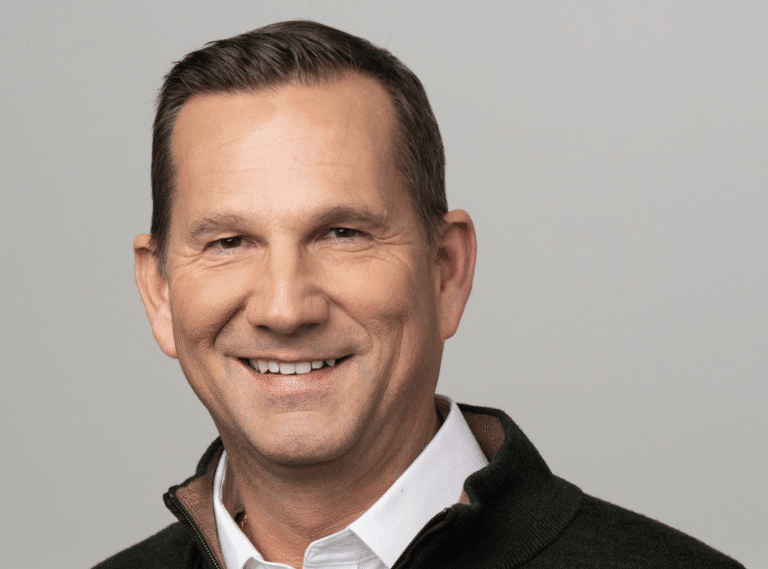Building successful commercial organizations in healthcare has never been about sales alone. Siloed teams, whether in sales, marketing, operations, or client success, slow growth and hinder innovation. “Looking back on my 30-year journey in sales leadership, particularly within healthcare software and services, I’ve learned that working together is essential. This work is truly a team sport,” says Bradley Roger Swenson, 3 x Chief Revenue Officer in the Healthcare SaaS industry.
Swenson has led the company’s transformation from a service-based model to a SaaS-first platform, restructuring commercial functions to accelerate adoption and growth. This shift underscores how important it is to scale healthcare SaaS by relying on cross-functional teams that move in unison toward a common goal.
The Power of Shared Goals and Metrics
A recurring challenge in building high-performing teams is reconciling the competing scoreboards that define success for different departments. Marketing might focus on leads, sales on closed deals, and product on features delivered. For Swenson, this misalignment is a recipe for wasted effort. “I think it starts with having a North Star goal for the team,” he says. “Another sort of North Star philosophy is that adoption really should be that North Star. That’s something we can all agree upon.”
By focusing on adoption as the ultimate measure of success, Swenson creates a framework where all teams contribute to the same outcome. When adoption grows, sales cycles shorten, customer satisfaction rises, and long-term revenue follows. “That shared goal of adoption and then specifically how each team contributes to that I think is the key message to success moving forward,” he adds.
Communication and Mission as Growth Drivers
This sort of alignment requires constant communication. “It can’t be a quarterly sit down between individual siloed departments. It needs to act as a single team,” he emphasizes. Weekly meetings with cross-functional leaders ensure challenges are addressed collectively and solutions are adopted quickly. But communication alone is not enough. Swenson underscores the importance of mission. While once skeptical of mission statements, he now sees them as critical in motivating teams and driving performance. The difference, he says, lies in authenticity.
“If we can clearly show how our solution benefits a healthcare provider—whether by freeing up funding for new technology, enabling more patient visits, or improving communication—then the value becomes real. When the entire team embraces that impact, it becomes incredibly powerful.” The mission, then, must be more than a slogan. It needs to reflect the impact on patients and providers. When teams understand the real-world outcomes of their work, they become more motivated, customer-centric, and effective in bringing solutions to market.
The Future of Cross-Functional Teams
Looking ahead, Swenson believes the role of cross-functional commercial teams will only grow more important. Technology, particularly artificial intelligence, will serve as the connective tissue. “AI will become the connective tissue for cross-functional teams,” Swenson explains. “It can analyze patterns across marketing, sales, product, and client success, surfacing insights that no single team could see alone. That shared intelligence will help us align faster and make smarter decisions together.” For Swenson, the formula for scaling healthcare SaaS remains constant, even as tools evolve: marketing sparks interest, sales drives commitment, product delivers value, and customer success ensures it sticks. “That shared goal of adoption and then specifically how each team contributes to that, I think, is the key message to success moving forward,” he says.
A Visionary Approach to Growth
From scaling revenue at Cue Health, where he served as Senior Vice President and helped grow the business from $25 million to $150 million, to securing enterprise partnerships with Mayo Clinic and Optum, Swenson has consistently demonstrated how aligning teams around adoption leads to growth. Swenson’s vision for the future of healthcare SaaS is not just about building teams that sell, but about building teams that believe in the mission, communicate openly, and rally around adoption as the ultimate measure of success. It is this philosophy that continues to guide his leadership as a transformational CRO.
Connect with Bradley Roger Swenson on LinkedIn or learn more on his website.




